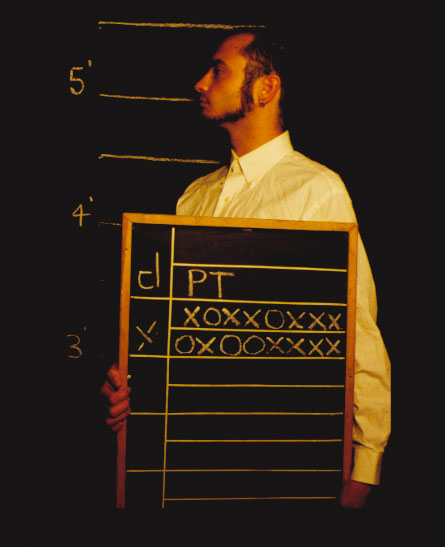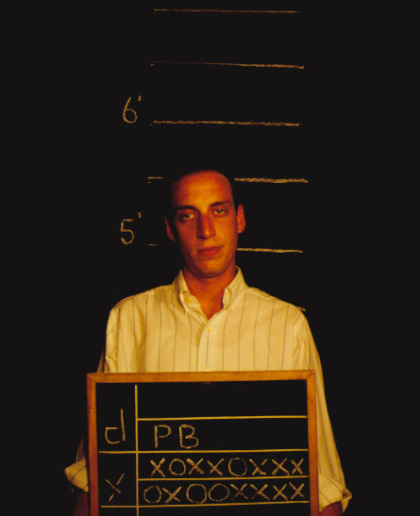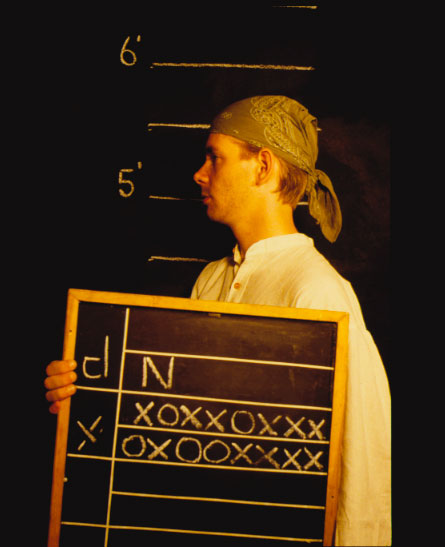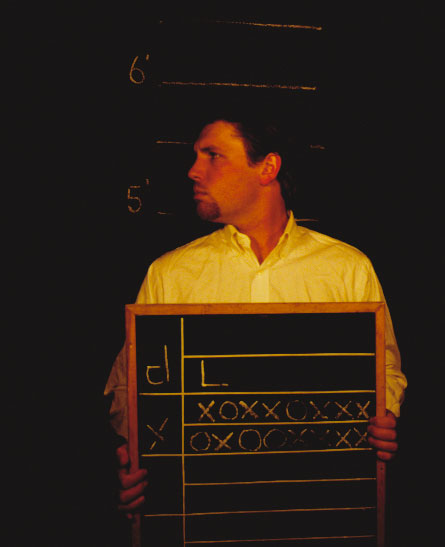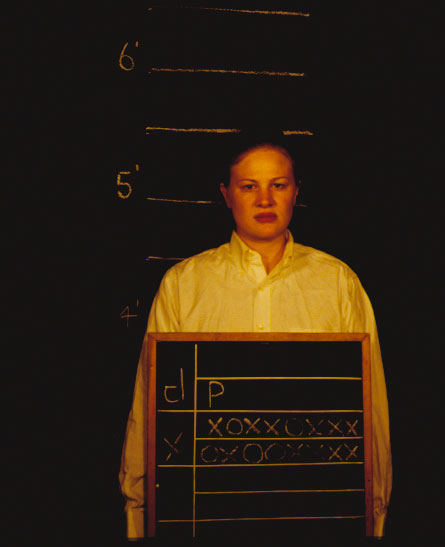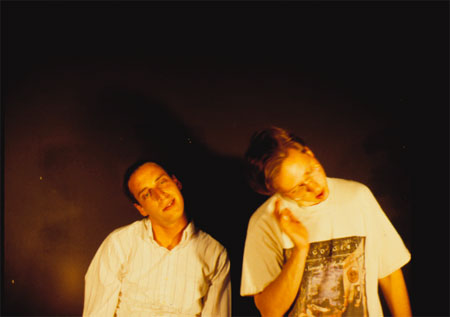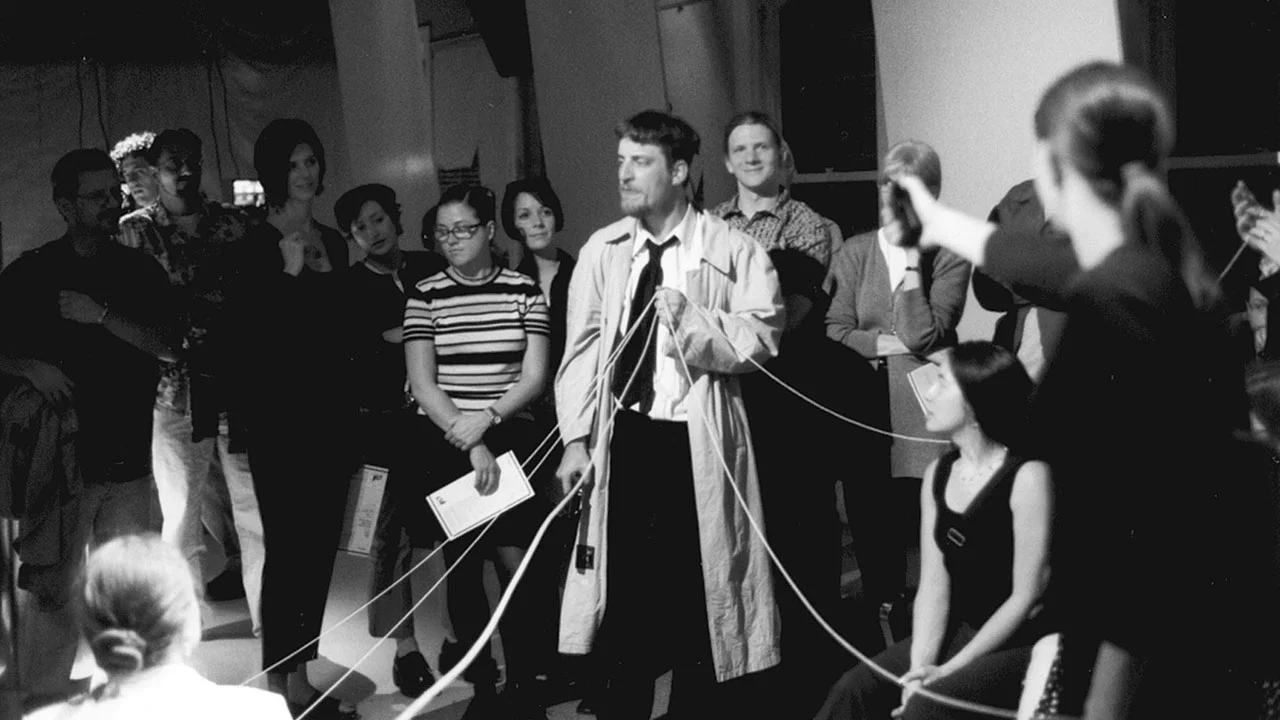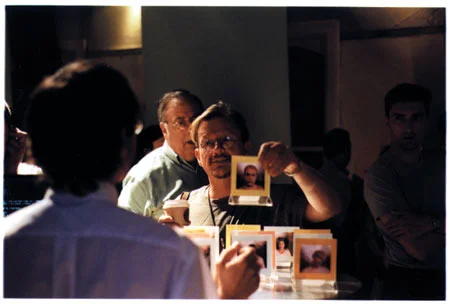The Resurrectory
Performed At the Portland Art Center, May-June 2005.
The Resurrectory was a live performance installation, musical lecture, and museum of artifacts designed to puzzle the mind and senses.
The central story of The Resurrectory focused on the reenactment of the infamous Burke & Hare serial murder case of 1827-1828 in Edinburgh, Scotland. While in operation, Resurrectory staff reenacted the murders of Burke & Hare's nine victims in order to learn more about what motivated their demise, how they died, and how their bodies became employed in the service of modern medical science. An operating theatre lecture set to music with a projection-mapped video was performed by the Resurrectory’s resident anatomist and four digital musicians to describe the science and metaphysics of death.
Photos by Basil Childers.
Press
The Resurrectory, Artweek, July/August 2005, Vol. 36, issue 6
The Resurrectory, Portland Mercury, June 2, 2005
Grisly glimpses and compulsions, The Oregonian, May 13, 2005
Dead Cool, Willamette Week, May 11, 2005
Death, drama, deconstruction, Portland Mercury, May 4, 2005
The Resurrectory, Portland Tribune, May 5, 2005
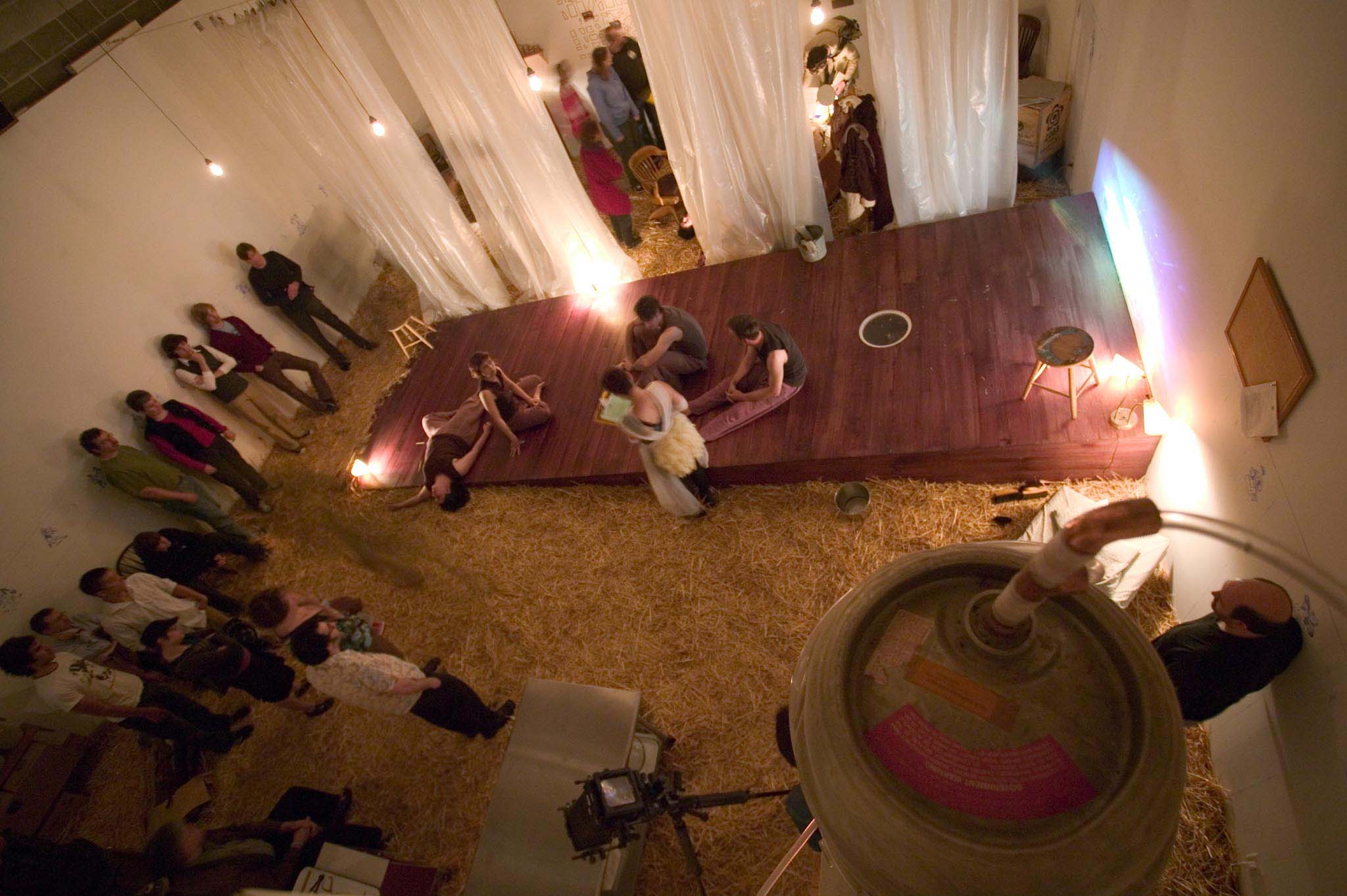
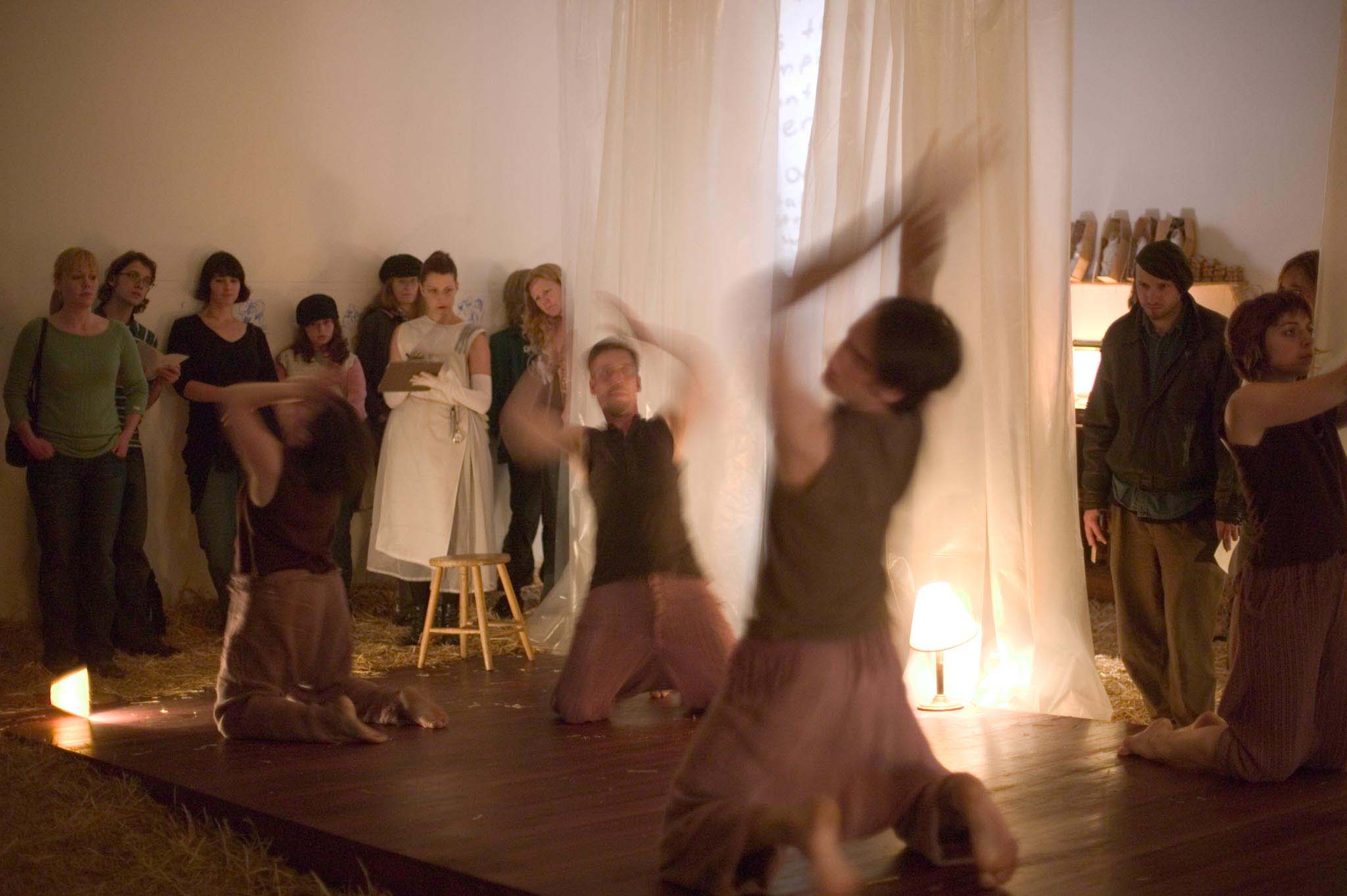


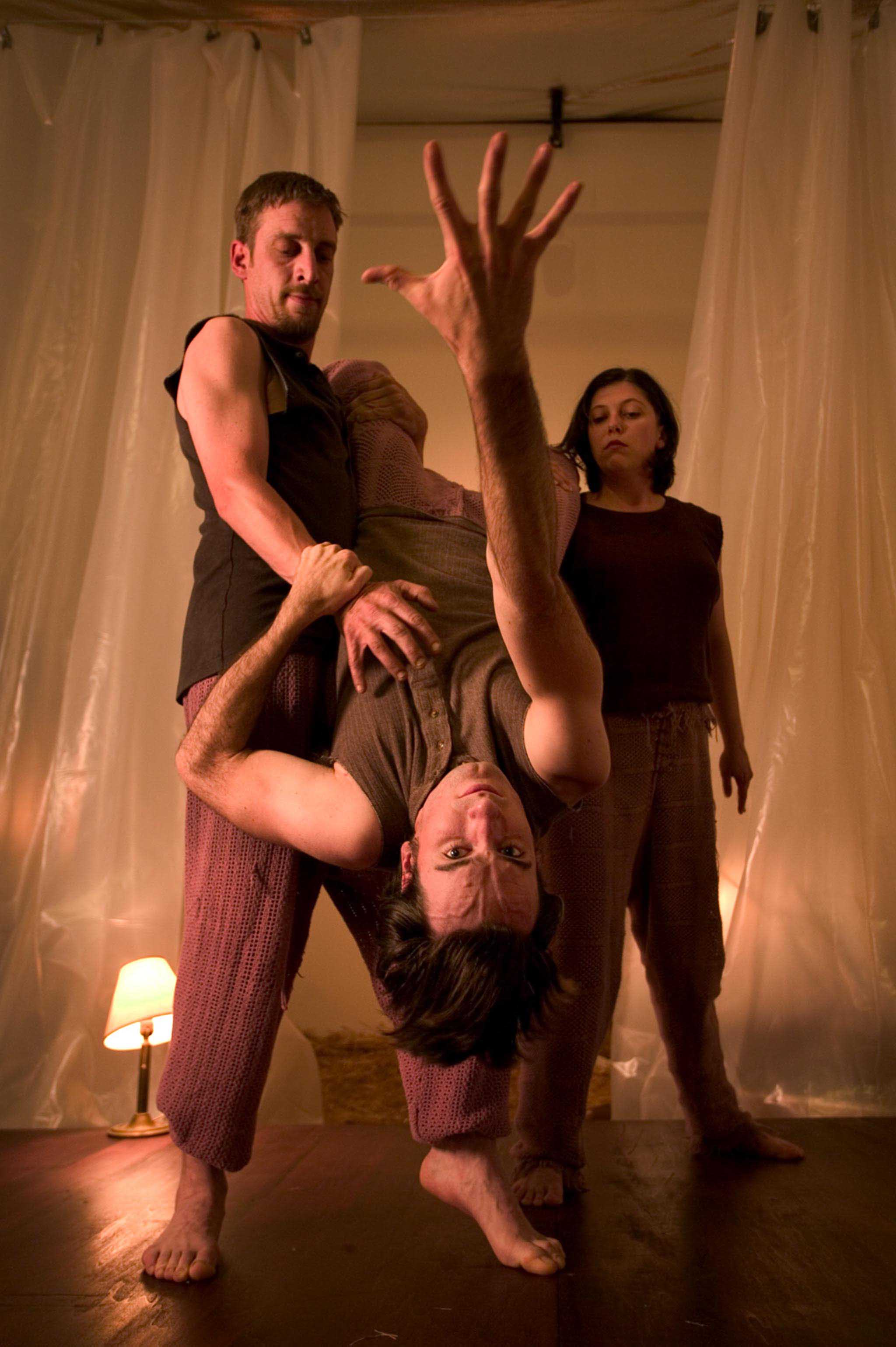
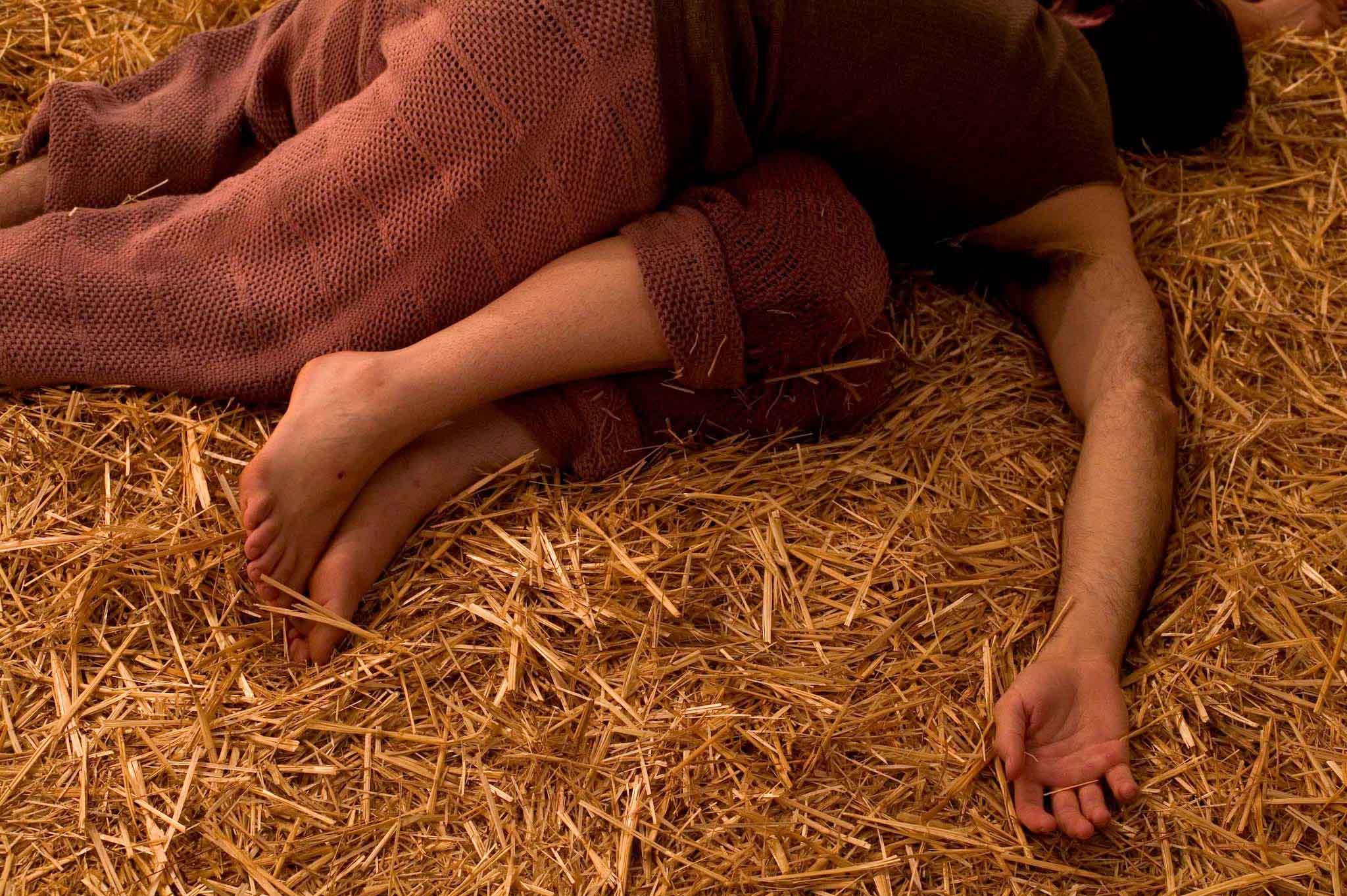
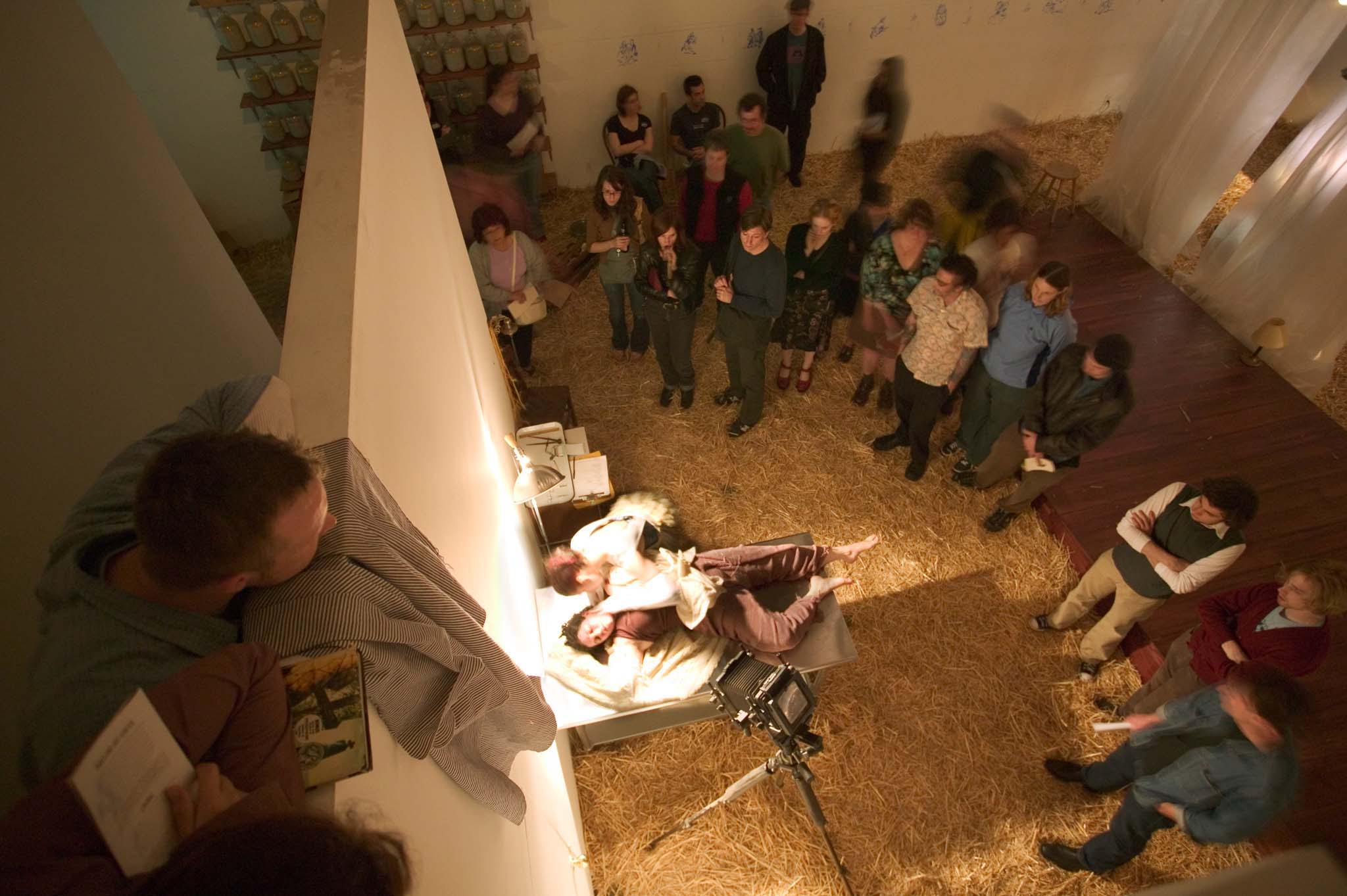
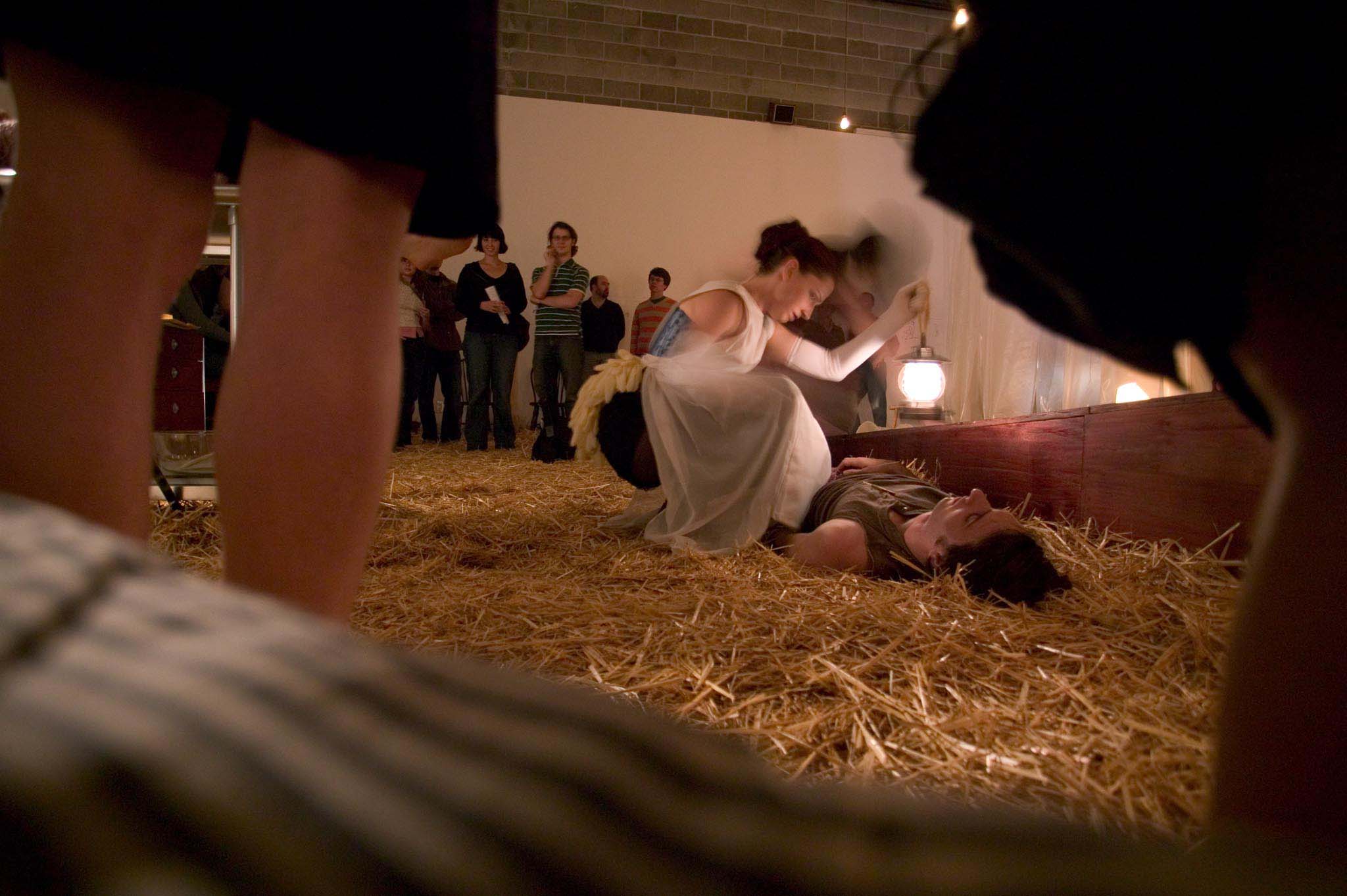


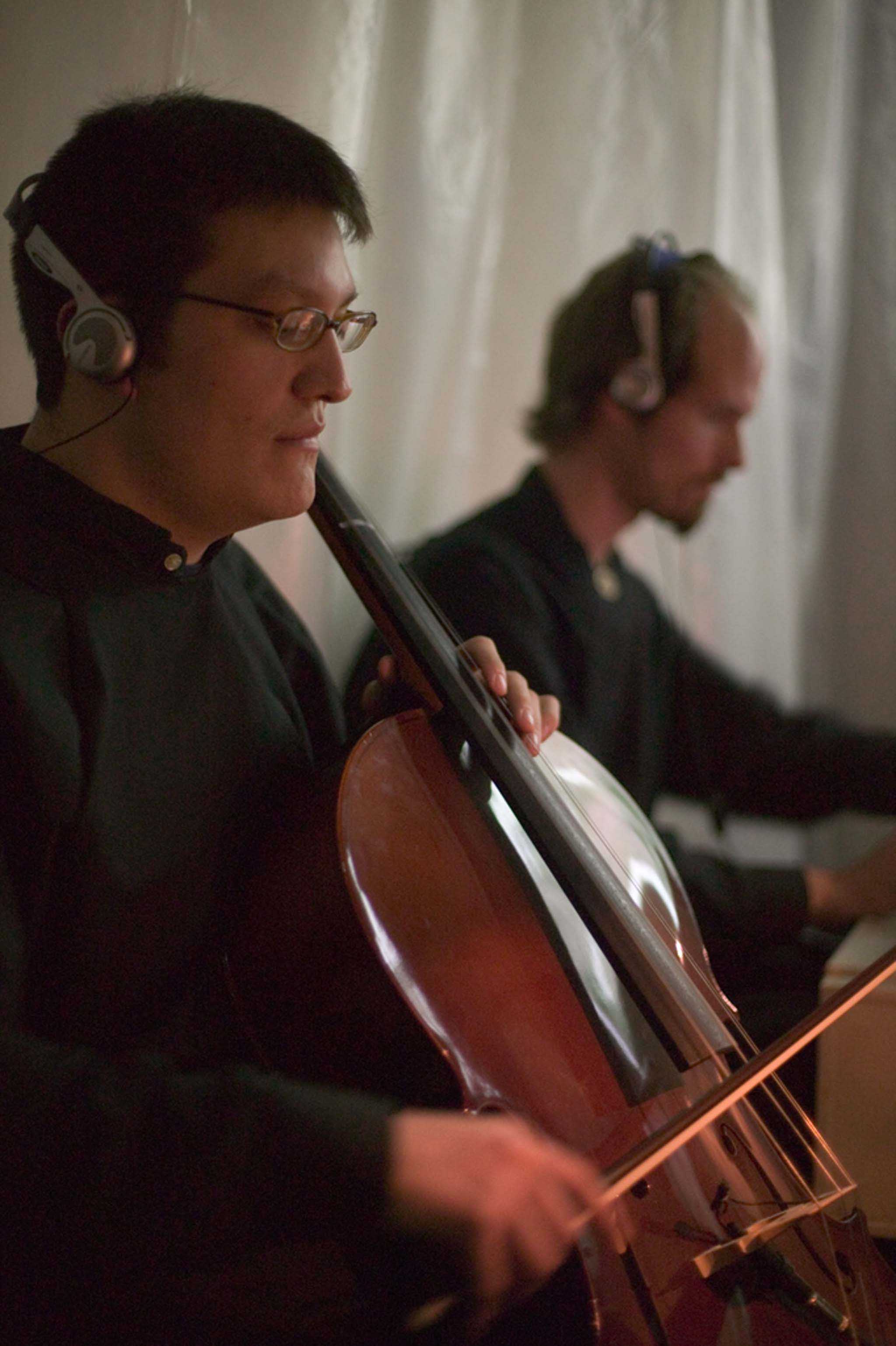








Faust (Faust)
Performed at Liminal Space, September-October 2003.
Liminal’s Faust(Faust) was a repeating ritualized performance installation based on the epic tragedy of Faust. Fragments of the Faust story were presented by actors, vocalists and live musicians in four rooms symbolizing the elements of earth, air, fire and water.
Video by Frank Marroquin.
Press
Portland Mercury, October 16, 2003
The Oregonian, October 10, 2003
Willamette Week, October 8, 2003







The Exception and the Rule
Presented in the fall of 2003 by Lightbox Studio at Liminal Space.
In late 2003, I participated in Lightbox Studio’s experiment to direct one of three versions of Bertolt Brecht’s short play, The Exception and the Rule, all performed in one evening. Lightbox Studio invited me, and two other Portland directors, to work with the same cast and interpret the play from our different perspectives. As we rehearsed, I became interested in abstracting the well-crafted physical actions from director Ian Greenfield’s more naturalistic direction of the text. I intentionally removed Brecht’s language and gave Ian’s actors simple rules for breaking their performance down into units. The rules also served as a textual overlay to Ian's set design, projected on a wall behind the actors. The deconstructed version of the play became a hyper formal expression of Brecht’s concept of gestus—where actors used their bodies to quote historicized gestures rather than perform them as natural or spontaneous.
Three Plays Five Lives
Presented in April, 2002 at Liminal Space.
This Liminal performance was a large exploration of narrative structure that combined three short plays about five people into one performance. Unlike a play in three acts, the three plays were performed simultaneously on three raked stages where dialogue and action overlapped to create a contrapuntal arrangement of voices, sound, images and movement. Three Plays, Five Lives also focused on the collision of several independent elements of action and media in live space.
The technology in the space responded to the sounds and movements of actors through multiple digital sensors that magnified the intensities of their physical presence.
Press
The Oregonian, May 5, 2003
Willamette Week, April 25, 2003
Portland Mercury, April 24, 2003
Portland Mercury, April 17, 2003

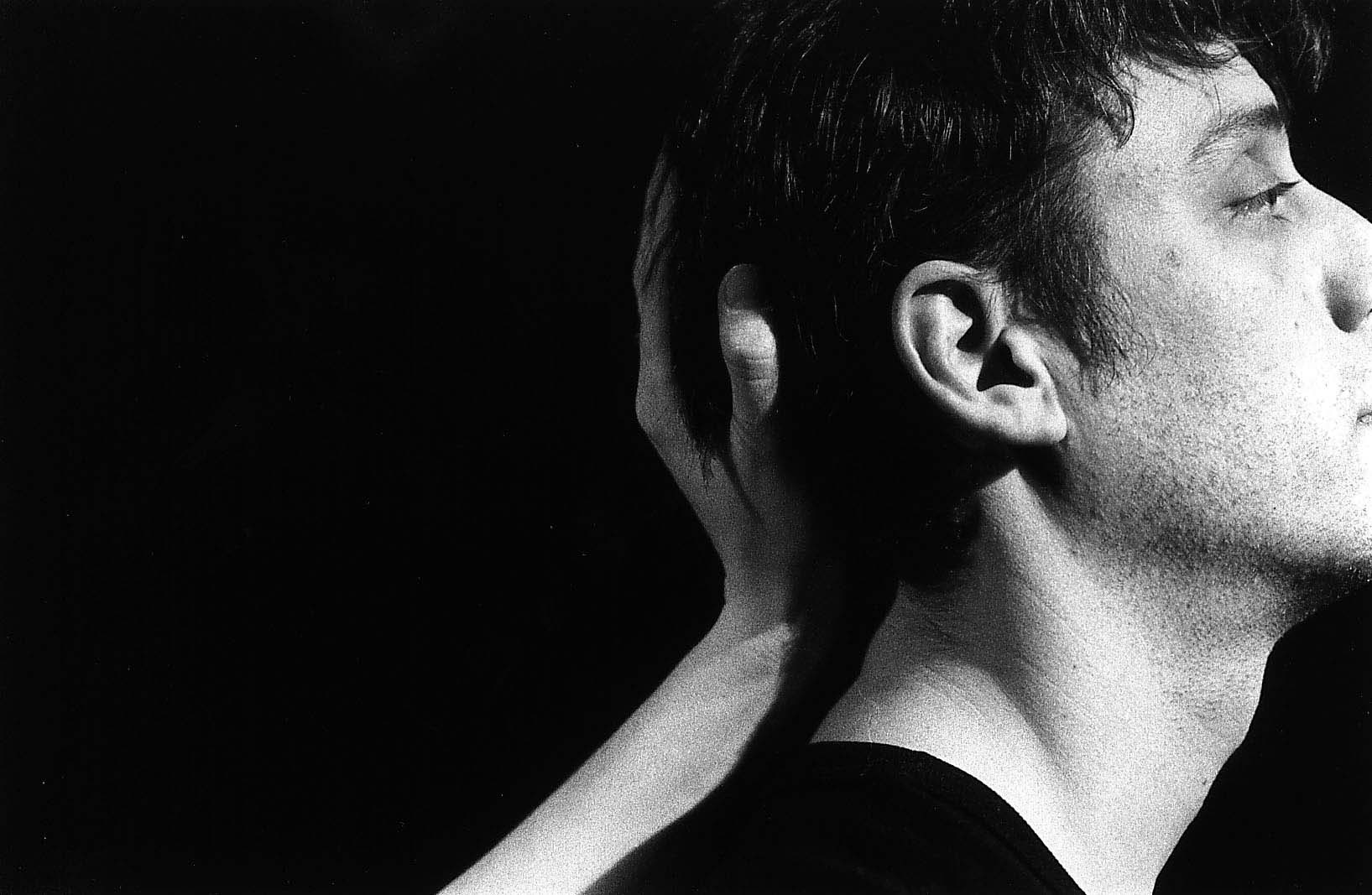

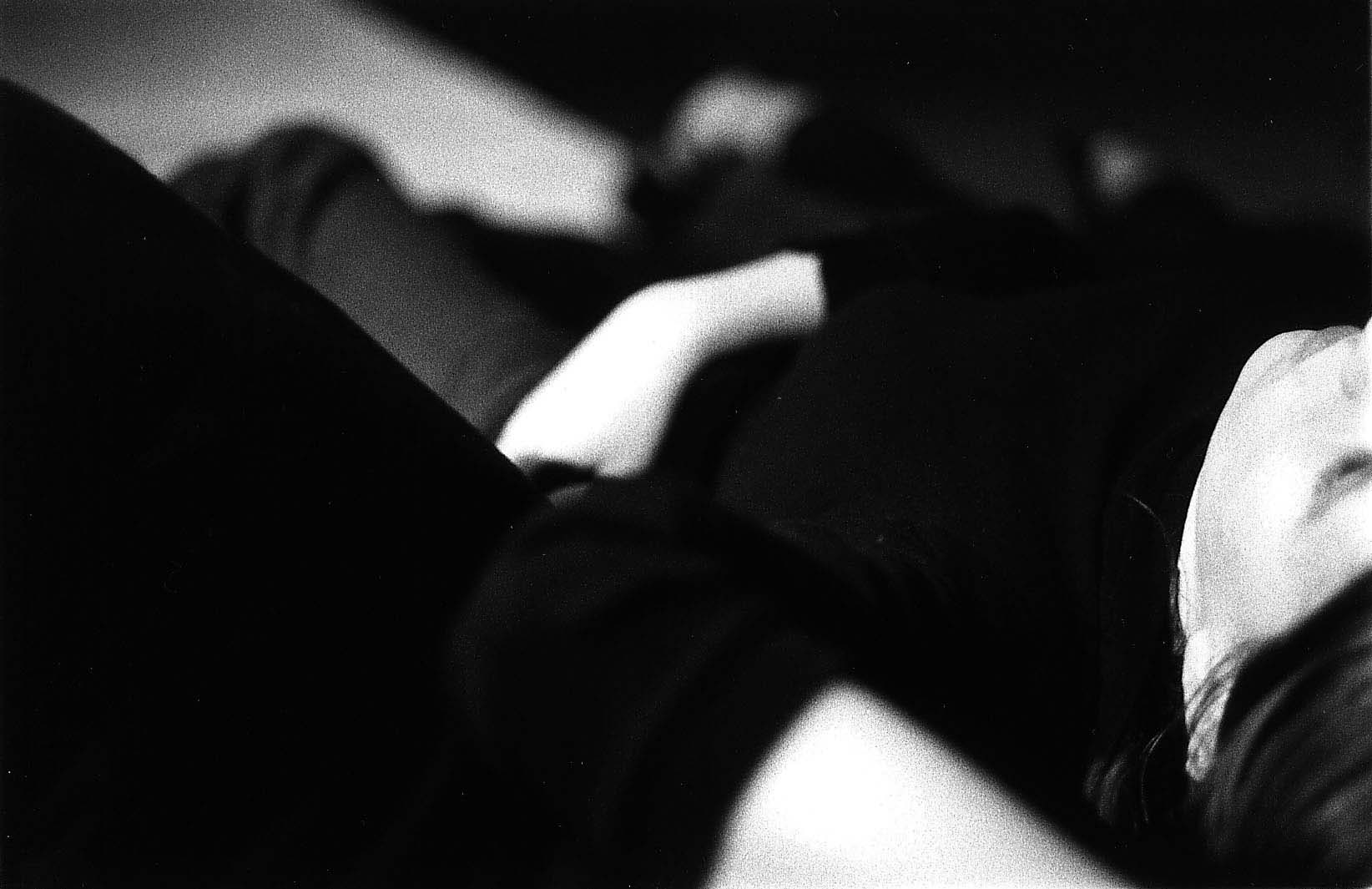


The Seven Deadly Sins
Performed at Panorama Nightclub in Portland, Summer 2002.
Liminal produced Bertolt Brecht and Kurt Weill’s epic sung ballet, The Seven Deadly Sins. Liminal’s hour-long electric cabaret featured the original German score sung by mezzo-soprano Lyndee Mah, a live chorus of male singers, a digital orchestra by John Berendzen, and live piano by Stephen Alexander. The performance included a cast of 12 and was directed by Bryan Markovitz (who received a 2003 Portland Drammy for this work) with movement direction by Catherine Egan and Amanda Boekelheide, and an original Liminal translation by Emily Ford that was projected in supertitles above the stage.









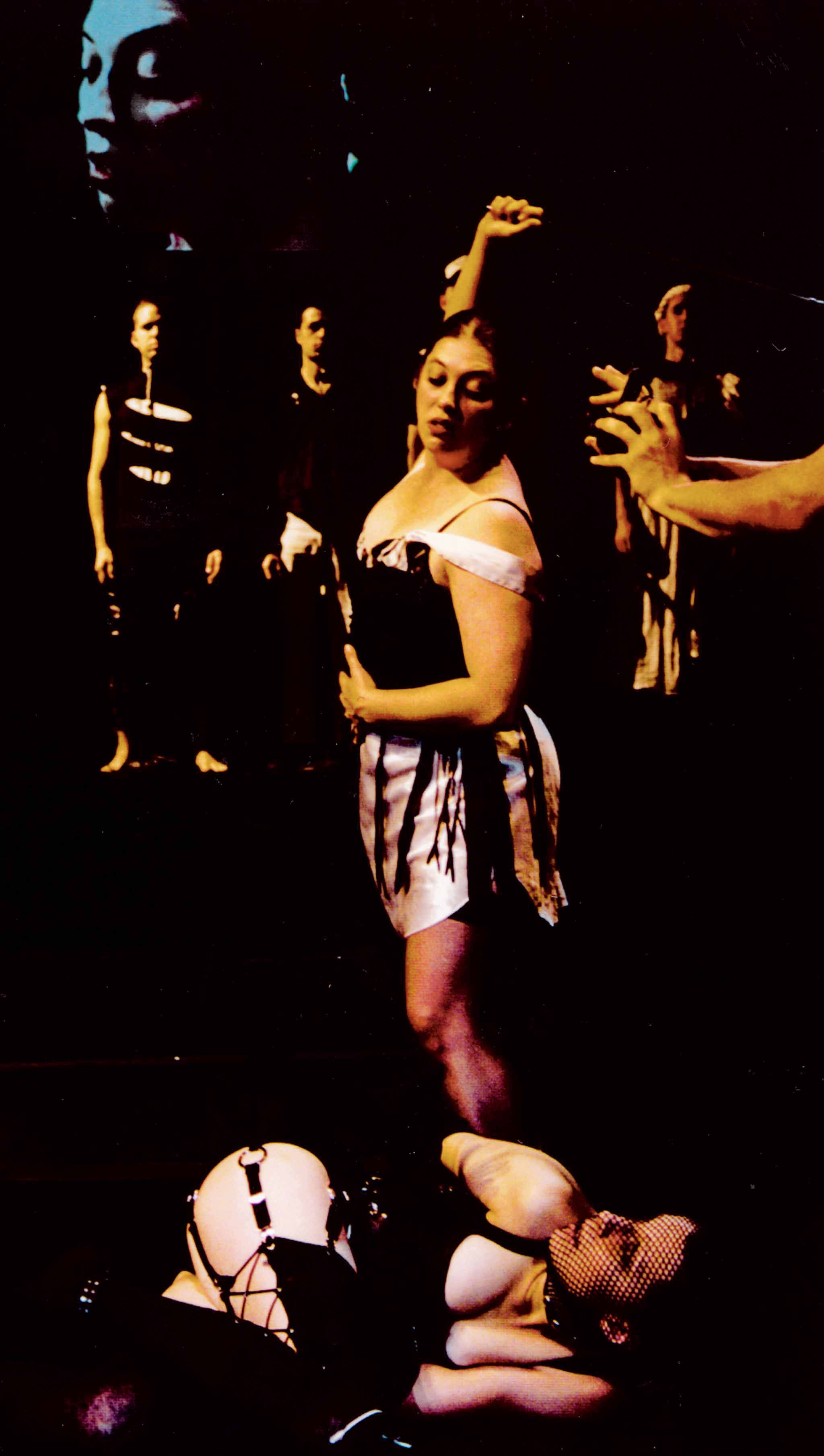
Objects for the Emancipated Consumer
Performed January-August, 2001 at:
2001 Seattle Fringe Festival
The Dekum, Portland
DYNAMO Gallery, LIVE Biennial of Performance Art, Vancouver, BC
Objects for the Emancipated Consumer was a performance made of textual and narrative fragments told by actors as they pursued clues about the ambiguous possibility of a terrorist crime (9/11 was still a few months off). What made this performance particularly interesting was the way that we gave visitors the ability to change the experience through an interactive media system that allowed them to alter the course of the action. To do this, we built a “duty-free” shop in the airport terminal where audiences could “purchase” bar-coded objects that, when scanned by the performance’s central computer system, would alter lighting and sound conditions and activate media that actors were obligated to respond.
Press
The Georgia Straight, Vancouver, BC, November 1, 2001
The Oregonian, April 22, 2001
Objects was also featured on Oregon Public Broadcasting's show Artbeat (clip below).
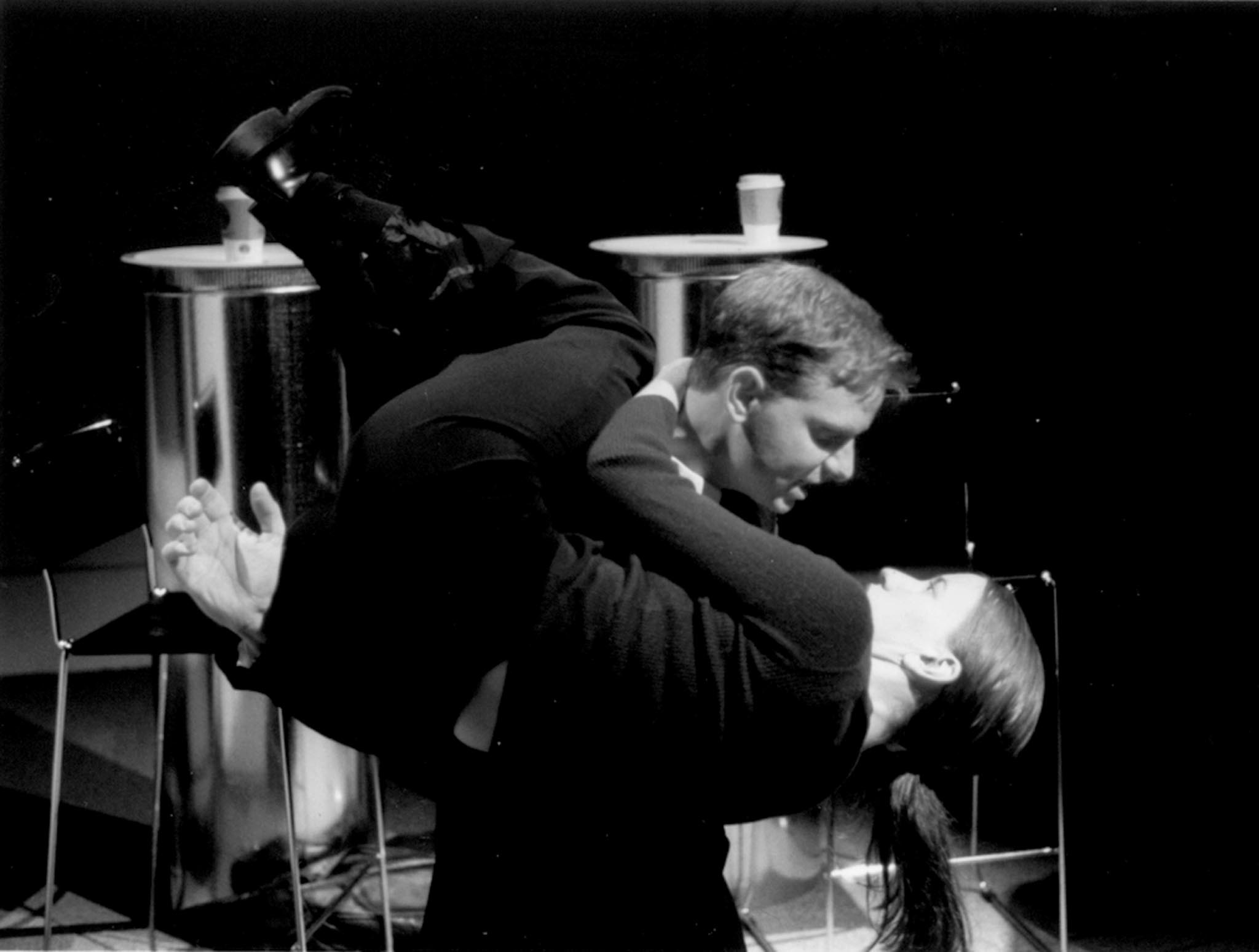
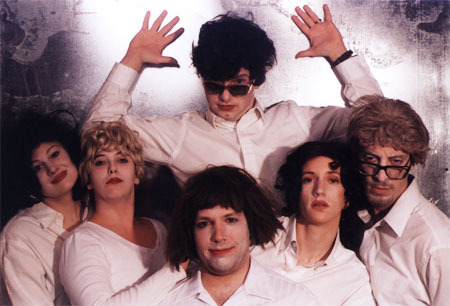
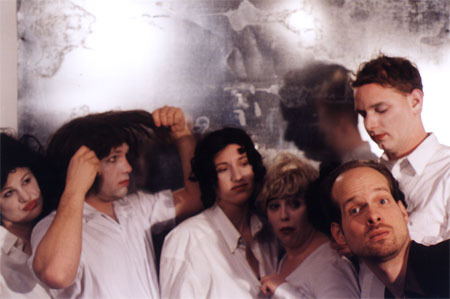

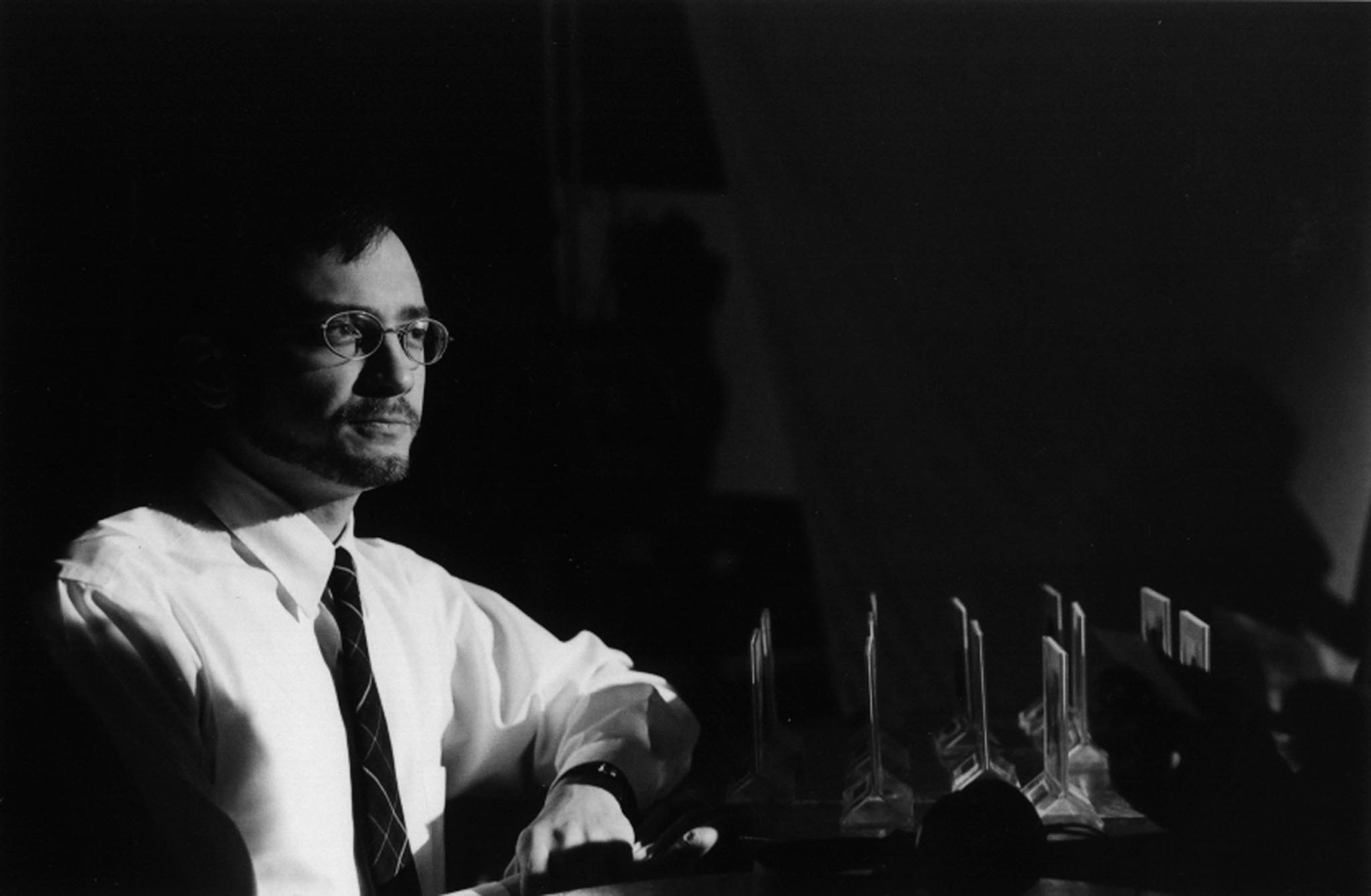
The Hour We Knew Nothing of Each Other
Performed at the Metropolitan Art Studio, 2000.
In the Spring of 2000, Liminal presented Peter Handke’s The Hour We Knew Nothing of Each Other, a play that highlights the comings and goings of more than 400 characters who pass by one another without speaking a single word. Set in a language-free city square, Liminal returns storytelling to the spectator, while quietly suggesting that people don't need language to form a community.
This project also featured the work of visual, sound and culinary artists who produced an edible pre-performance gallery installation, digital sound design, and slide media.
Press
The Evening with the Photograph
Performed at the Rose City Ballroom, Summer 1999.
The Evening with the Photograph was an original work that explored the lives of five characters trapped in various parallel worlds, which were connected by Dr. Saxe, a scientist living on the border between genius and insanity. As Dr. Saxe’s experiments progressively failed, the performers and audience were led along a course of events that question the nature of gesture, performance and the point at which the virtual becomes real.
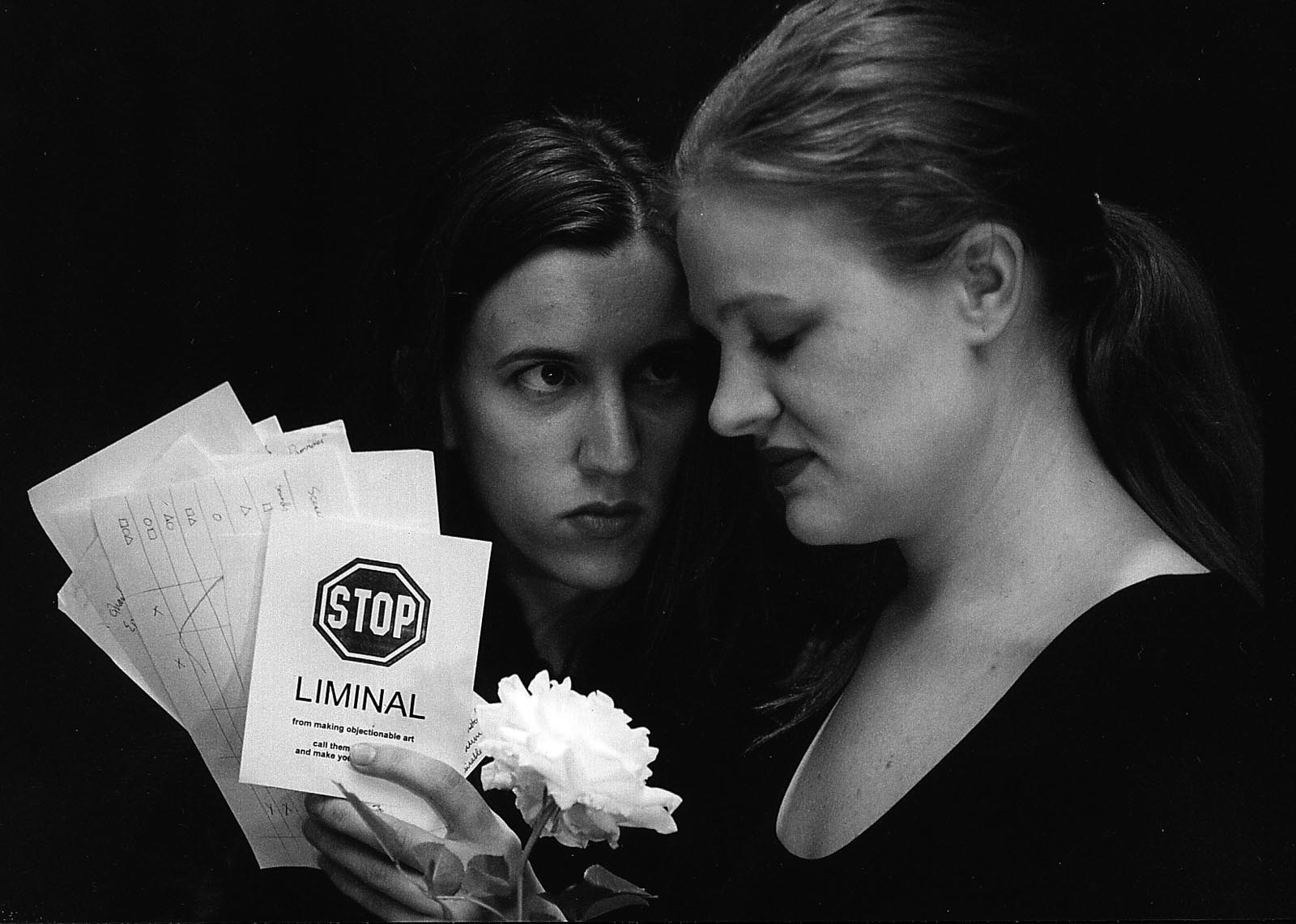

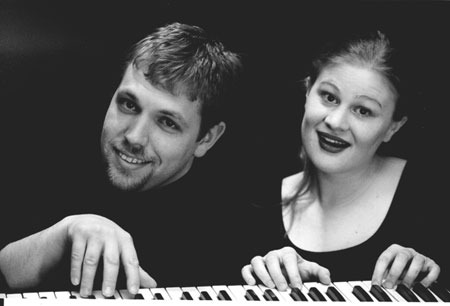
Jowl Movements I-IX
Performed in the underground parking garage of the Portland Building, Fall 1999.
This Liminal project merged a visual art installation with a deconstruction of an American drawing-room drama. Jowl Movements I-IX took a satirical look at the world of high art, consumer culture and the media, while contradicting its own critical structure and meaning. Indeed, the play layered so many elements, that it is difficult to accurately describe the experience. Even the three press releases sent to media contradicted the performance by offering three completely different descriptions of the story.

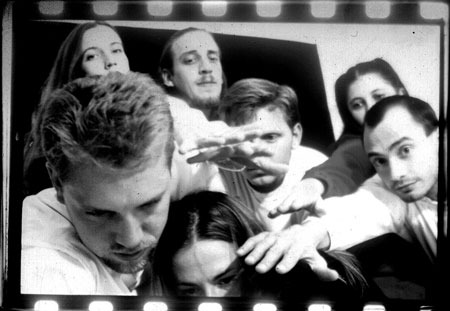
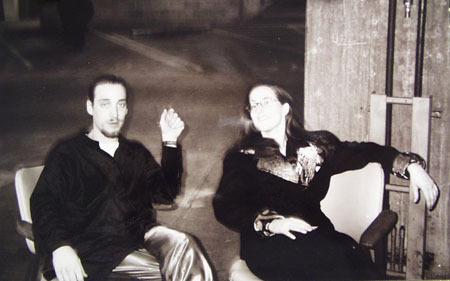
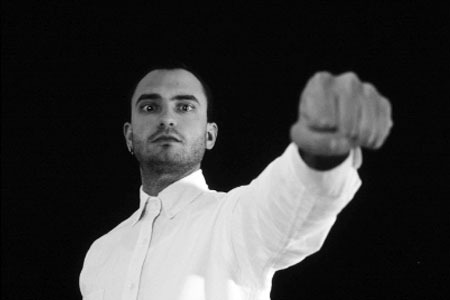
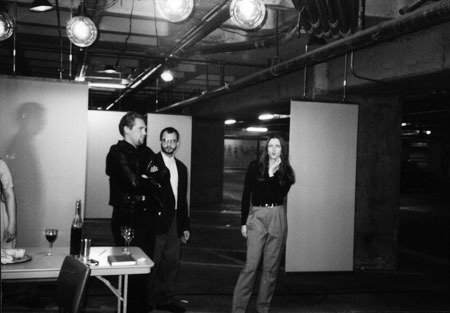
Interrupt
Performed at the Metropolitan Art Studio, November 2000.
Interrupt, was a retro-engineered multimedia performance installation where audiences, performers and technology could interact. Resisting the temptation to put the latest shiny new technology on display (not that our budget allowed much temptation), Interrupt explored the underside of progress - meltdown, misfire and miscommunication. Within the performance space, audiences participated in the operation of a mechanized, yet functioning dystopia where ‘high’ technology served the most crude ends.
Interrupt was directed and programmed by John Berendzen and created by over a dozen Liminal company members and invited artists.
Press
Handke Salmagundi
A performance installation at Reed College, February and April 1998.
This early Liminal event was co-sponsored by Reed’s Division of Arts and Division of Language and Literature in conjunction with a public forum that Liminal organized to address the state of contemporary art in Portland. Over 150 people attended the discussion, which included a panel of Portland notables from the contemporary arts scene.
Handke Salmagundi was a performance installation that mixed text from Austrian playwright Peter Handke with physical actions, sound and light media. The installation was a repeating hour-long event that consisted of several scenes performed simultaneously.



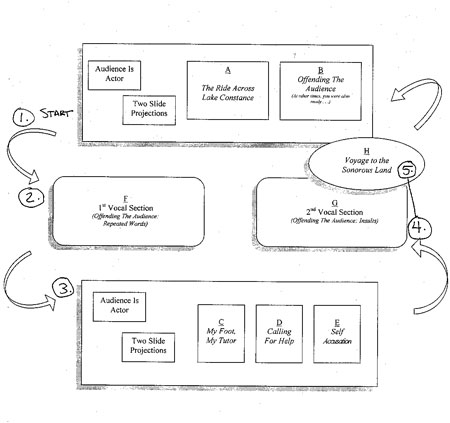
Suicide in B-Flat
At the PAN Theatre, August, 1997.
Liminal’s first project was Sam Shepard’s Suicide in B-Flat during a hot Portland summer. Our staging put the play's two roguish detectives into a world of anomalous initiations and deviant experiments that became the ensemble’s rite-of-passage. The production incorporated live musicians, programmed slide projections and physical action. It also was our first dive into the dissolution of narrative structure mixed with a physical tension that characterizes much of Liminal’s work.


